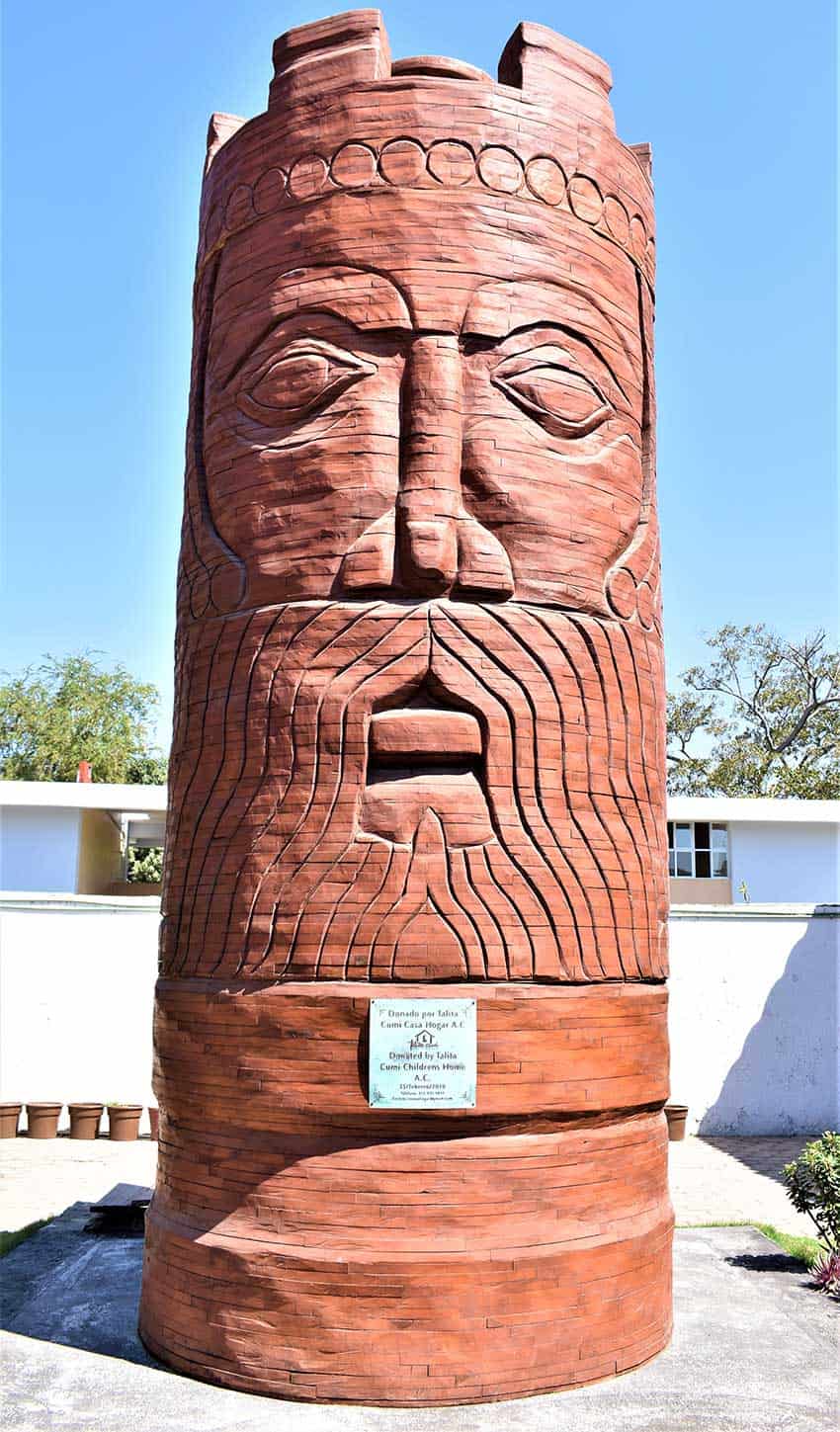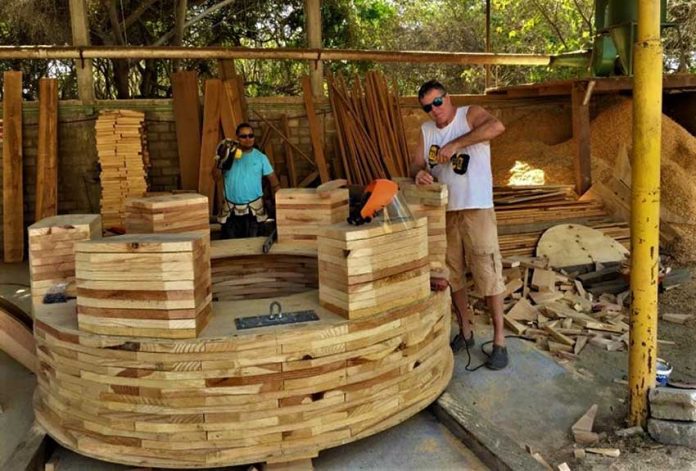While sitting at an airport and scrolling through Facebook, Canadian Larry Wright came across an article about the world’s largest king chess piece.
It is six meters high, according to Guinness World Records, and sits at the World Chess Hall of fame in St. Louis, Missouri. Inspired, he decided that he had to build one, not only bigger, but one that would support a good cause.
Wright chose an organization he has supported and volunteered for over the years — the Talita Cumi children’s home, an orphanage located in the tiny pueblo known as Las Pozas, a few kilometers from Zihuatanejo, Guerrero.
Supported mostly by donations through fundraising events including a blues festival and the kindness of visitors and volunteers, Talita Cumi is currently home to 15 children ranging in age from 2 to 17.
Wright approached friend and fellow Mexico vacationer, famed Canadian totem pole carver Jack Olson, and asked him if he would like to be a part of the project. Always looking to stay busy, even on vacation, Jack agreed to take it on.

Another friend, Bo Poole, heard about the project and was convinced it was a crazy idea, but Wright says that if it wasn’t for his expertise in construction, along with Mexican Diego Pérez, the project would never have happened. Even a few of the children got involved in sanding the piece.
The small but highly motivated group set out to build and carve and beat the world record. Beautifully wrought and intricate, the gigantic carving stands nearly 6 1/2 meters high and was donated to the Museo Arqueológico de Costa Grande in Centro Zihuatanejo last year.
Although not confirmed by Guinness as the tallest, the chess piece beat the world record by almost a meter (until the owners of the piece in Missouri made theirs a little higher).
No matter, Wright says, it is incredible that it was even built, a monument to what can happen when people of three countries work together. And, at a cost of US $10,000, it is truly a masterpiece in many people’s eyes.
When asked about the effort that went into the project, Wright freely admits that the whole process was much more labour intensive than originally anticipated. Olson roughed in the piece with a chainsaw and then hand-carved it with a hammer and chisel.
Putting the pieces together was backbreaking work. In all the project took four to five weeks at a local lumberyard near the children’s home in Las Pozas before it was taken by truck in pieces to its final home and set in place by a crane.
A beacon of hope and love for abandoned children, it is Wright’s wish that the piece will increase awareness for the orphanage and perhaps funding and donations for it.
• Talita Cumi is an active registered non-profit entity officially operating under the name Casa Hogar, Talita Cumi A.C. It provides a safe group home for a number of the neglected and often abandoned children in the Zihuatanejo area.
The writer is a Canadian who has lived and worked in Mexico for many years.
[soliloquy id="76634"]
